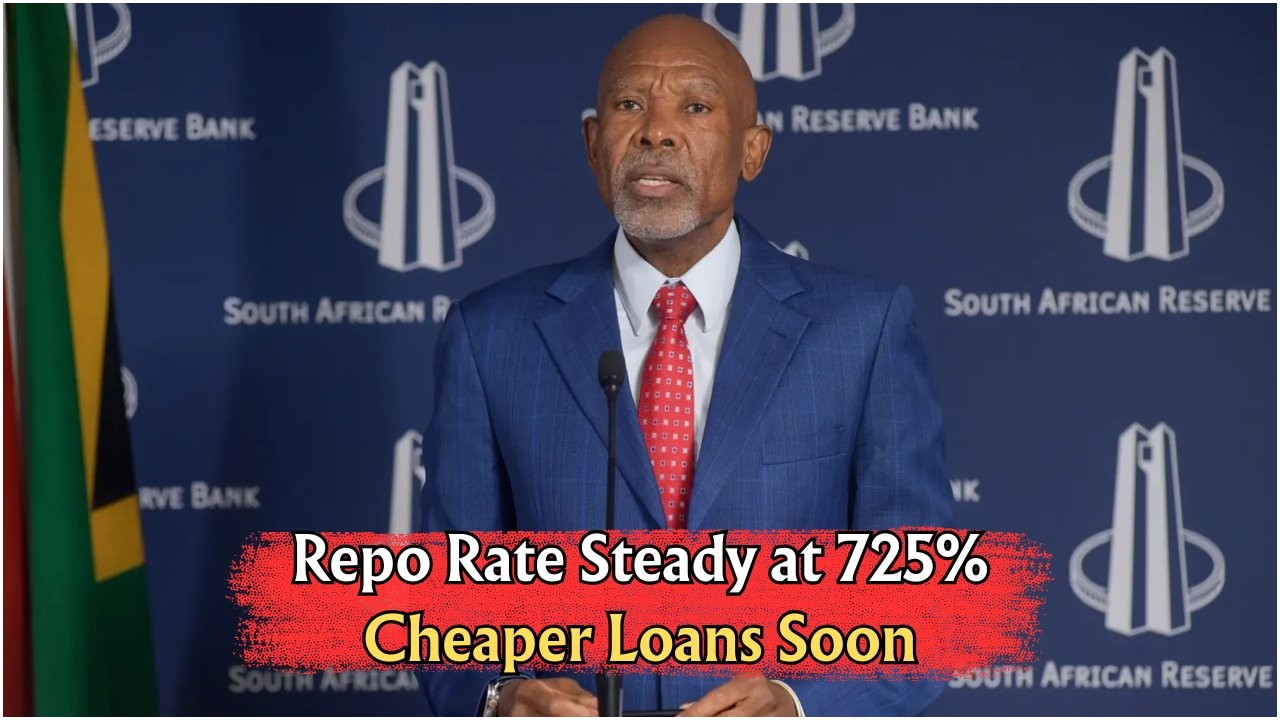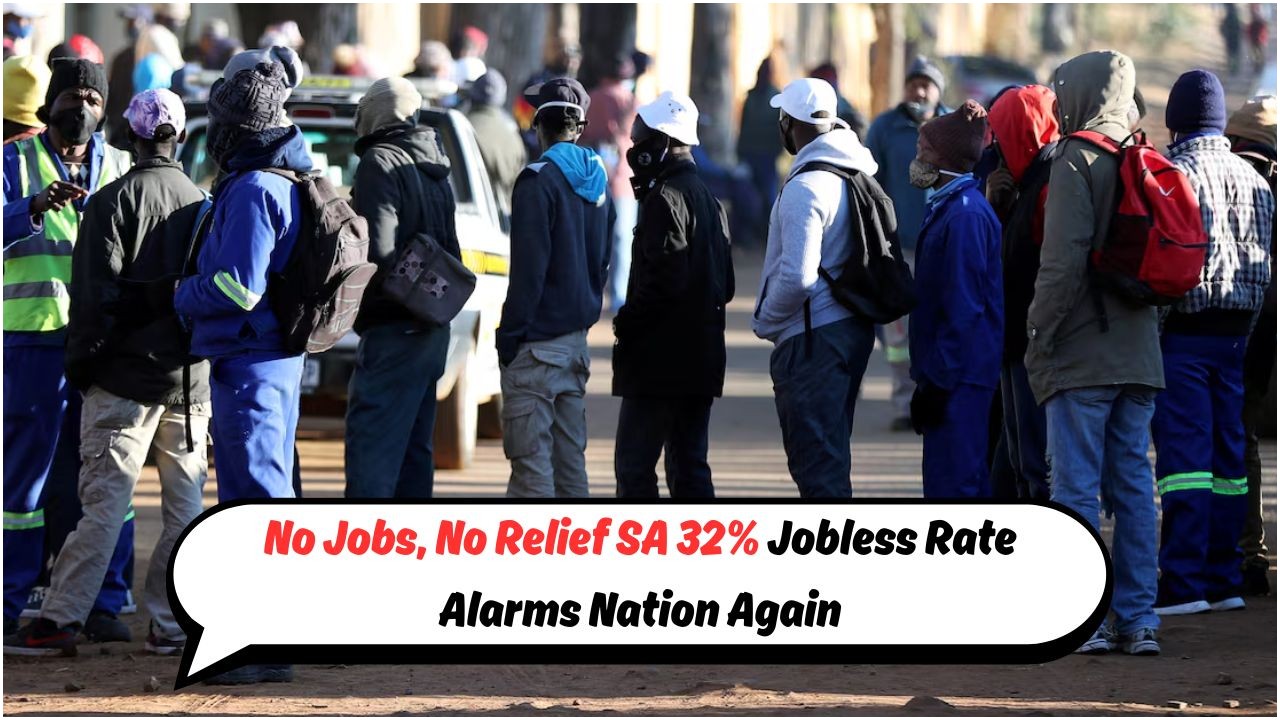South African Reserve Bank Rate Cut Consideration: As South Africans keenly watch financial trends, the prospect of a potential rate cut by the South African Reserve Bank (SARB) in September has piqued considerable interest. The central bank, which has held the repo rate steady at 7.25% for some time, is now contemplating a reduction. Such a move could significantly alter the financial landscape, particularly impacting loan affordability for consumers and businesses alike. The anticipation of cheaper loans could stimulate economic activity, making it easier for individuals to invest in homes, cars, or businesses. This development comes amidst global economic fluctuations and domestic challenges, prompting many to question the potential impacts on their financial decisions.
Factors Influencing SARB’s Decision on Interest Rates
The decision-making process of the South African Reserve Bank regarding interest rates is influenced by a myriad of factors. These include inflation rates, economic growth forecasts, and international economic pressures. SARB aims to maintain price stability while fostering economic growth. As inflation remains a key concern, the bank closely monitors consumer price indices and other economic indicators. Additionally, external factors like global economic trends and currency fluctuations also play a role. A potential rate cut would reflect SARB’s assessment that the current economic conditions warrant such a measure. This decision could aim to mitigate the financial strain on South African households, especially in the face of rising costs of living.
- Inflation trends
- Economic growth forecasts
- Global economic influences
- Currency exchange rates
- Domestic financial stability
Implications of a Rate Cut for South African Consumers
A reduction in interest rates by the South African Reserve Bank could have significant implications for consumers across the nation. On the positive side, cheaper loans would mean lower monthly repayments for those with existing debts or new borrowers, potentially increasing disposable income. This could lead to higher consumer spending, which is beneficial for the economy. However, for savers, lower interest rates may mean reduced returns on savings accounts and fixed deposits. Therefore, while borrowers may welcome the potential rate cut, savers might need to explore alternative investment options to maintain their income levels. The balancing act between borrowers and savers will be crucial as South Africans navigate these financial shifts.
- Lower monthly loan repayments
- Increased consumer spending
- Reduced returns on savings
- Potential for more investments
- Economic stimulation
Historical Context and Future Projections of SARB Rates
The historical context of the SARB’s interest rates provides valuable insights into its current stance and future projections. Over the years, the bank has adjusted rates in response to economic conditions, striving to strike a balance between controlling inflation and encouraging growth. A look back reveals periods of both high and low interest rates, each corresponding to different economic challenges. Going forward, economists predict a cautious approach from SARB, considering both domestic and global uncertainties. While the potential for a rate cut in September is on the table, any decision will be made with a careful evaluation of long-term economic impacts.
| Year | Interest Rate (%) | Economic Context |
|---|---|---|
| 2020 | 3.5% | COVID-19 pandemic impact |
| 2021 | 3.75% | Gradual economic recovery |
| 2022 | 4.5% | Inflation concerns |
| 2023 | 7.25% | Global economic volatility |
Sectoral Impact of SARB’s Potential Rate Adjustment
A potential rate cut by the South African Reserve Bank is likely to have varied impacts across different economic sectors. The housing market, for instance, could see increased activity as more affordable loan options attract new buyers. The automotive industry might also benefit from increased demand driven by reduced financing costs. On the flip side, industries reliant on foreign investment might experience challenges due to potential currency depreciation. Retail and service sectors could witness a surge in consumer spending, positively impacting their revenue streams. Ultimately, the ripple effects of SARB’s rate decision will be felt across the economy, necessitating strategic adjustments by businesses and consumers alike.
- Boost in housing market activity
- Increased automotive sales
- Challenges for foreign-investment reliant industries
- Enhanced retail sector growth
- Service industry expansion
Comparative Analysis of SARB and Global Interest Rates
When comparing the South African Reserve Bank’s interest rates with those of other central banks globally, distinct differences emerge. While SARB’s current rate stands at 7.25%, this is relatively high compared to rates in developed economies like the US or Eurozone, where rates have remained lower to stimulate growth. Emerging markets, on the other hand, often adopt higher rates to control inflation and stabilize currencies. This comparative analysis highlights the unique challenges faced by South Africa in balancing economic growth with fiscal stability. As SARB considers a rate cut, global trends will undoubtedly influence its strategy, ensuring that the country’s economic policies remain competitive and effective.
| Country | Central Bank | Current Rate (%) | Economic Strategy |
|---|---|---|---|
| South Africa | SARB | 7.25% | Inflation control |
| United States | Federal Reserve | 0.25% | Economic stimulation |
| Eurozone | ECB | 0.00% | Growth encouragement |
| Brazil | Banco Central | 9.25% | Inflation management |
| India | RBI | 4.00% | Economic recovery |
Key Considerations for South African Borrowers Amid Potential Rate Changes
As the South African Reserve Bank deliberates on a rate cut, borrowers across the nation must consider several key factors. Firstly, those with fixed-rate loans may not immediately benefit from a rate reduction, as their terms remain unaffected. However, individuals with variable-rate loans could see a decrease in monthly payments, providing some financial relief. Prospective borrowers should consider the timing of their loan applications, as securing a lower interest rate could result in substantial savings over time. Additionally, borrowers should be mindful of potential economic shifts that could affect their repayment capacity. Engaging with financial advisors or loan officers could provide valuable insights and assist in making informed decisions.
- Impact on fixed vs. variable rate loans
- Timing of loan applications
- Potential savings from lower rates
- Adapting to economic changes
- Consulting financial advisors
FAQ Section: SARB Rate Cut and Its Implications
As South Africans ponder the potential rate cut by the SARB, several common questions arise. Here are some FAQs and their answers:
- What is the current interest rate set by SARB?
- The current interest rate is 7.25%.
- How might a rate cut impact my home loan?
- A rate cut could lower your monthly repayments if you have a variable-rate loan.
- Will savings account interest rates decrease?
- Yes, a rate cut could result in lower interest earnings on savings accounts.
These considerations are crucial for South Africans as they navigate the evolving economic environment.
Further Reading on SARB’s Economic Policies
Understanding the SARB’s Role in Economic Stability
For those interested in learning more about the SARB’s influence on South Africa’s economy, exploring their monetary policy strategies can provide valuable insights.
Impact of Interest Rates on Consumer Behavior
Research into how interest rates affect consumer spending and saving habits can offer a deeper understanding of potential outcomes from rate adjustments.
Global Comparison of Central Bank Policies
Comparative studies of central bank policies worldwide can highlight the unique challenges and strategies employed by different nations.
Strategies for Managing Personal Finances Amid Economic Changes
Guidance on personal finance management during fluctuating economic conditions can help individuals make informed decisions.
 Budget 2025 Reveals R27 Billion Boost: Major Funding for Healthcare, Pensions, and Welfare
Budget 2025 Reveals R27 Billion Boost: Major Funding for Healthcare, Pensions, and Welfare
Exploring the Relationship Between Inflation and Interest Rates
Understanding the interplay between inflation and interest rates can provide context for SARB’s monetary policy decisions.









